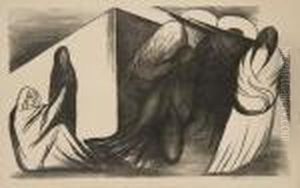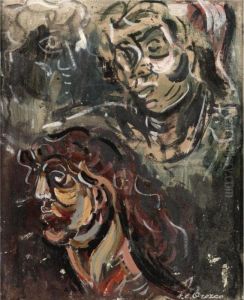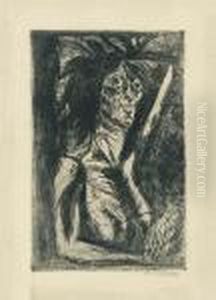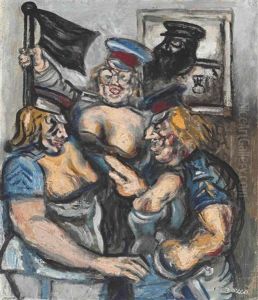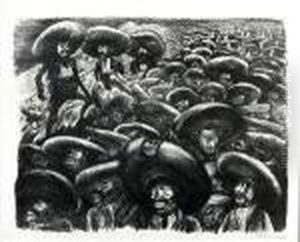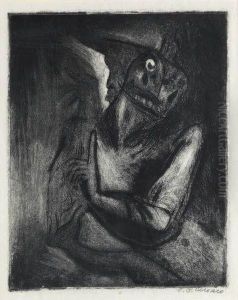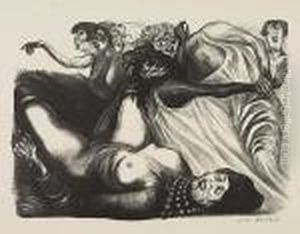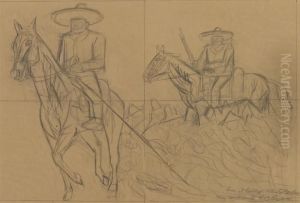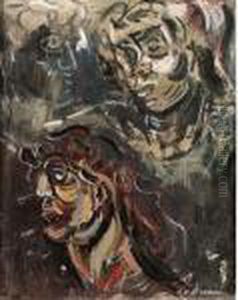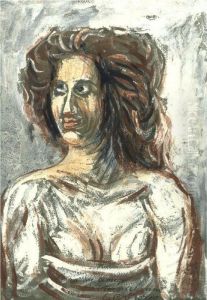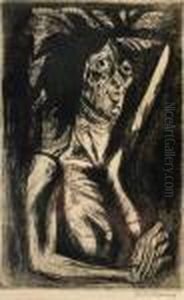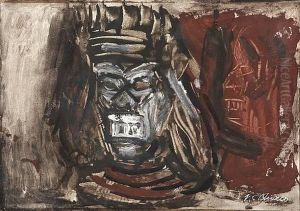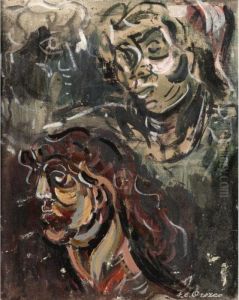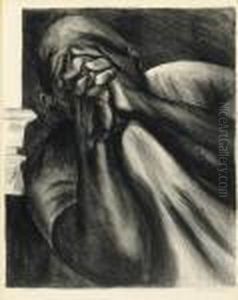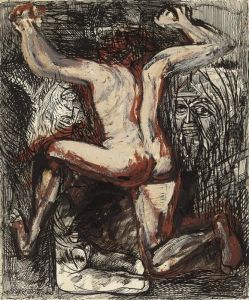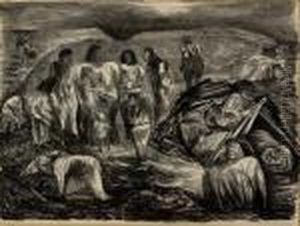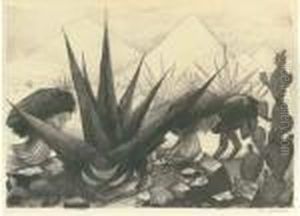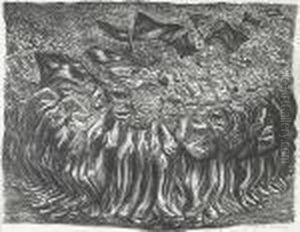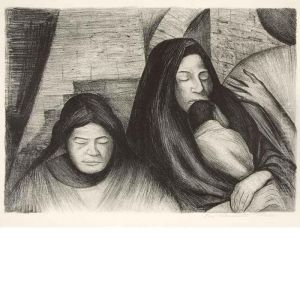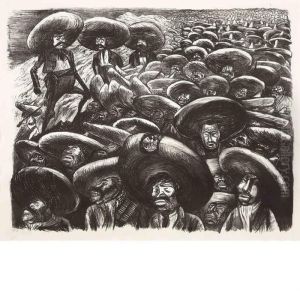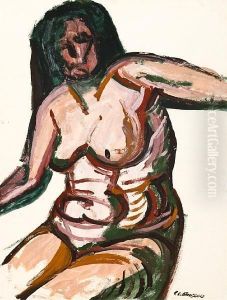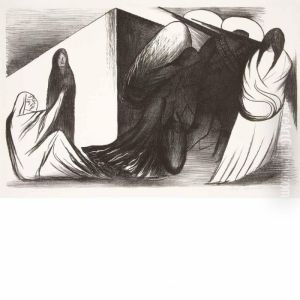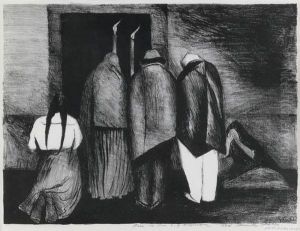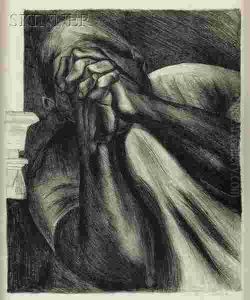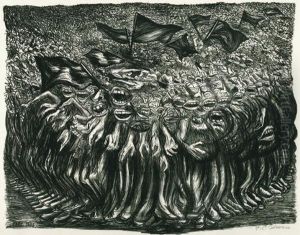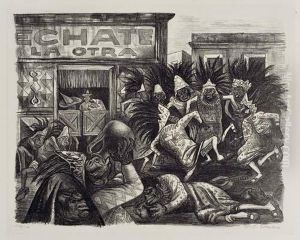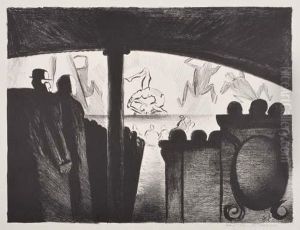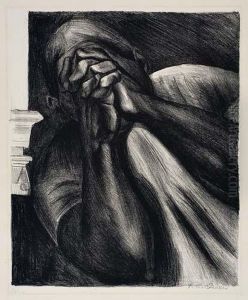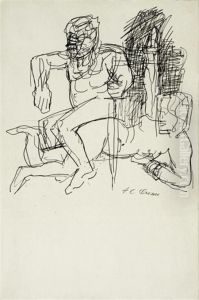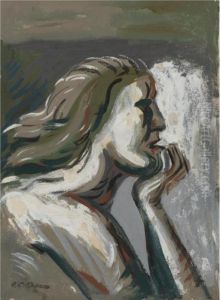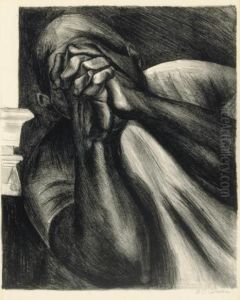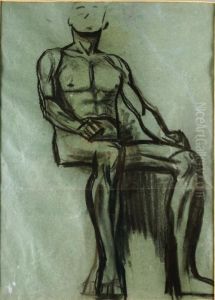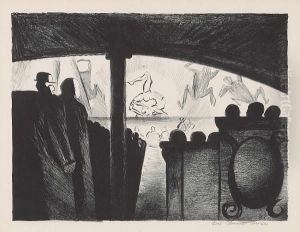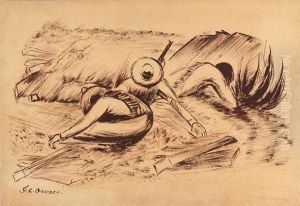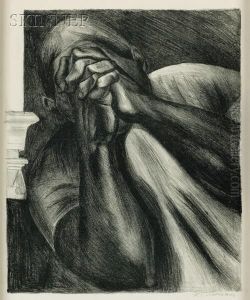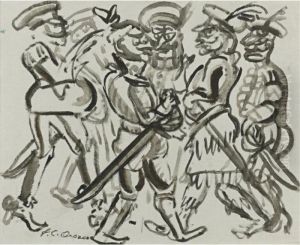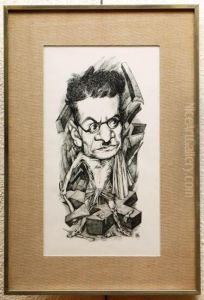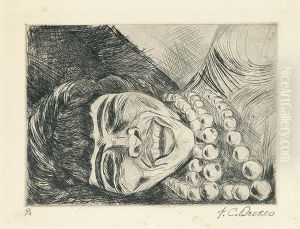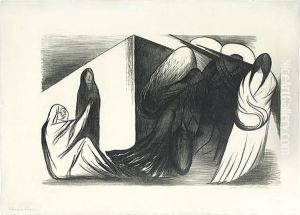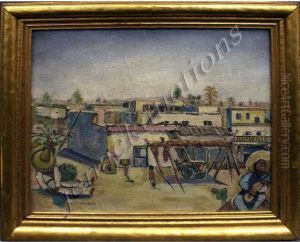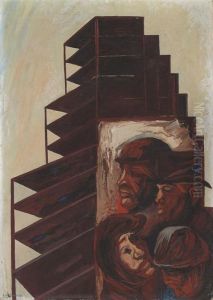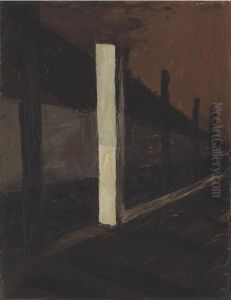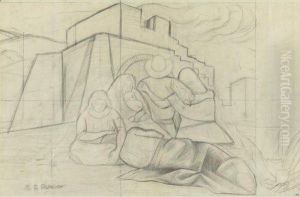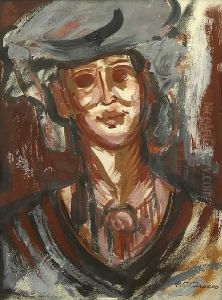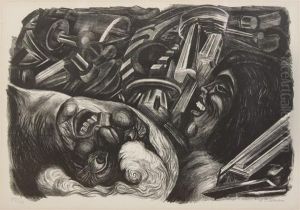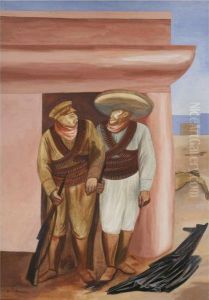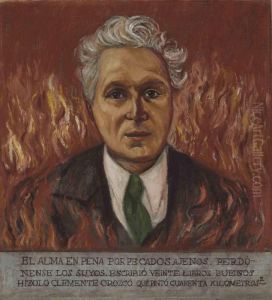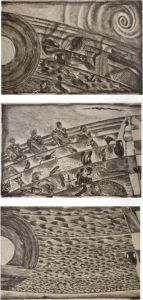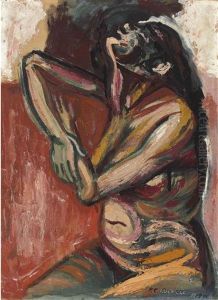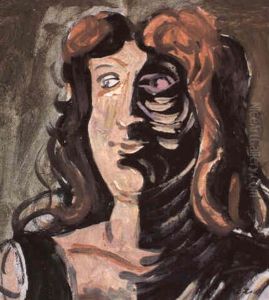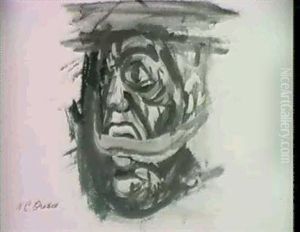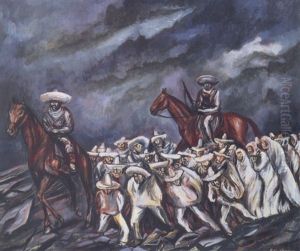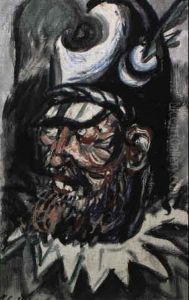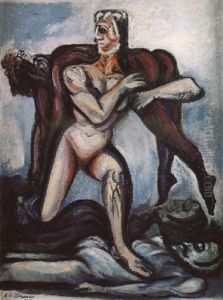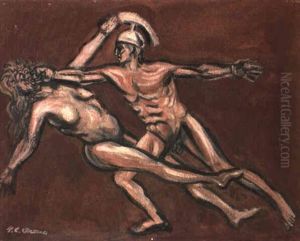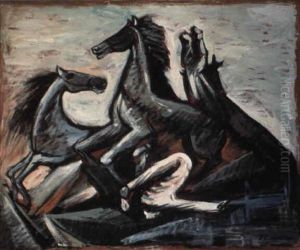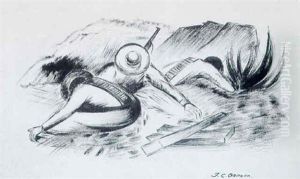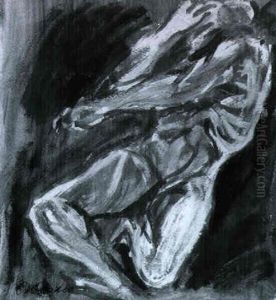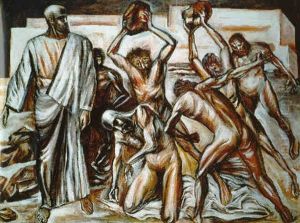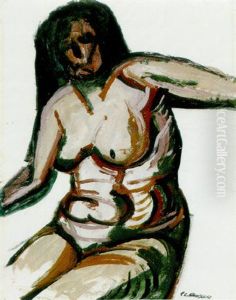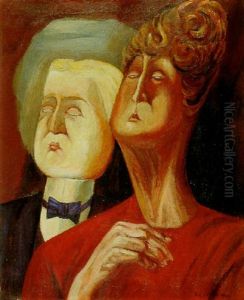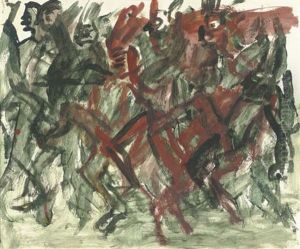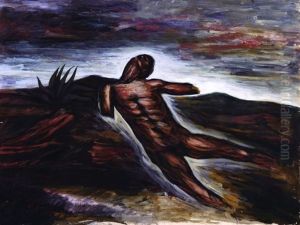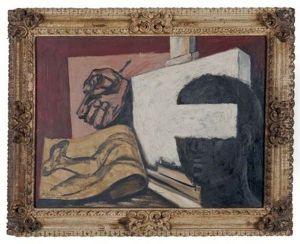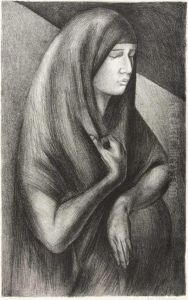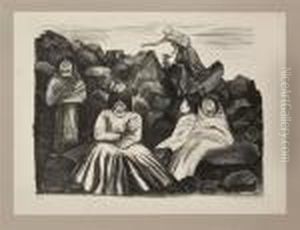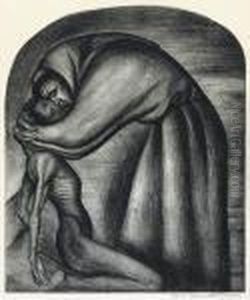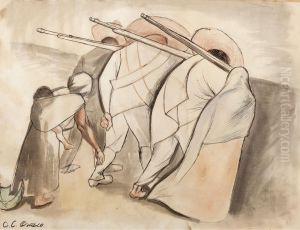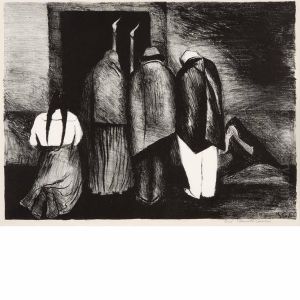Jose Clemente Orozco Paintings
José Clemente Orozco was a prominent Mexican painter who specialized in murals and was a significant contributor to the Mexican Mural Renaissance, a movement that began in the 1920s after the Mexican Revolution. Born on November 23, 1883, in Ciudad Guzmán, Jalisco, Mexico, Orozco witnessed the political turmoil and social struggles that would later become central themes in his work.
From a young age, Orozco showed an interest in art, and despite losing his left hand in a childhood accident, he was determined to become an artist. He initially studied agricultural engineering but soon turned to art, enrolling at the Academy of San Carlos in Mexico City. It was there that he was influenced by Dr. Atl (Gerardo Murillo), a Mexican painter and writer who encouraged artists to develop a nationalistic art form reflective of Mexico's social and political realities.
Orozco's early work was predominantly in the form of easel paintings, but by the 1920s, he had begun to establish himself as a muralist, painting on large public buildings. His murals often dealt with human suffering, social injustice, and the human condition, reflecting his critical view of the social changes that Mexico was undergoing.
In 1927, Orozco traveled to the United States, where he completed several significant murals, including 'Prometheus' at Pomona College in Claremont, California, and a series at Dartmouth College in New Hampshire. His work in the U.S. introduced American audiences to Mexican muralism and had a considerable influence on American artists.
Throughout the 1930s and 1940s, Orozco continued to create murals in Mexico, such as those in the Palacio de Bellas Artes and the Hospicio Cabañas in Guadalajara, which are considered some of his masterpieces. His style was characterized by its bold lines, dramatic use of color, and the expressive intensity of his figures.
Orozco was also a member of the 'Big Three' of Mexican muralism, alongside Diego Rivera and David Alfaro Siqueiros. Each had a unique style and perspective, but all shared a commitment to using art as a means for social change. Although less well-known internationally than Rivera, Orozco's work is highly regarded in Mexico for its powerful depiction of the human struggle.
José Clemente Orozco died on September 7, 1949, in Mexico City. His legacy endures through his murals, which continue to be visited and studied for their artistic merit and social commentary. Orozco's work has also been recognized for its influence on both Mexican culture and broader art movements around the world.
